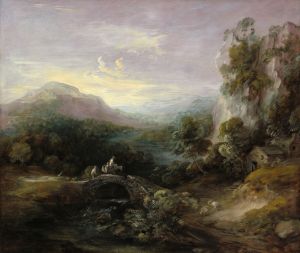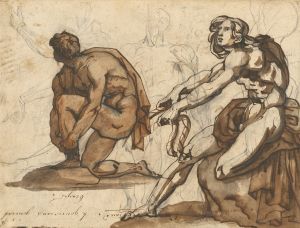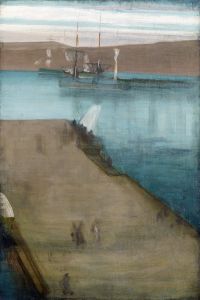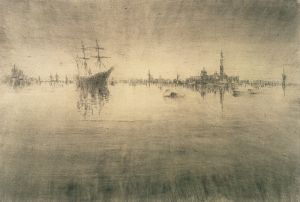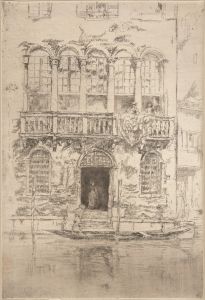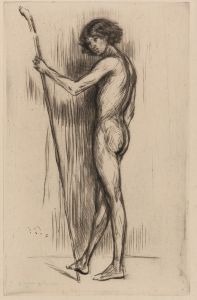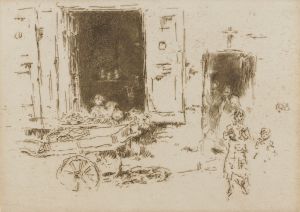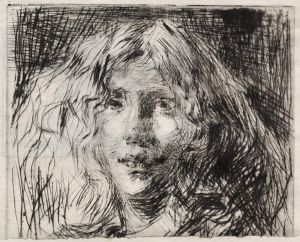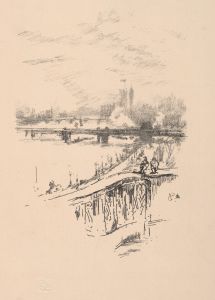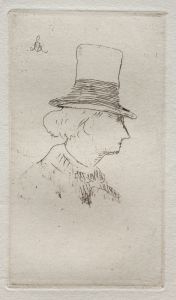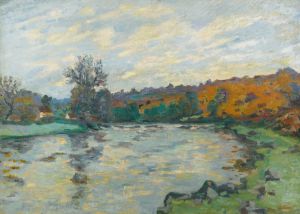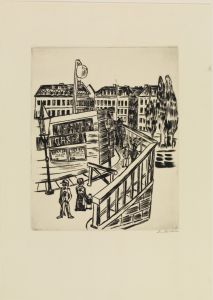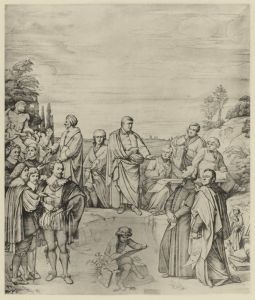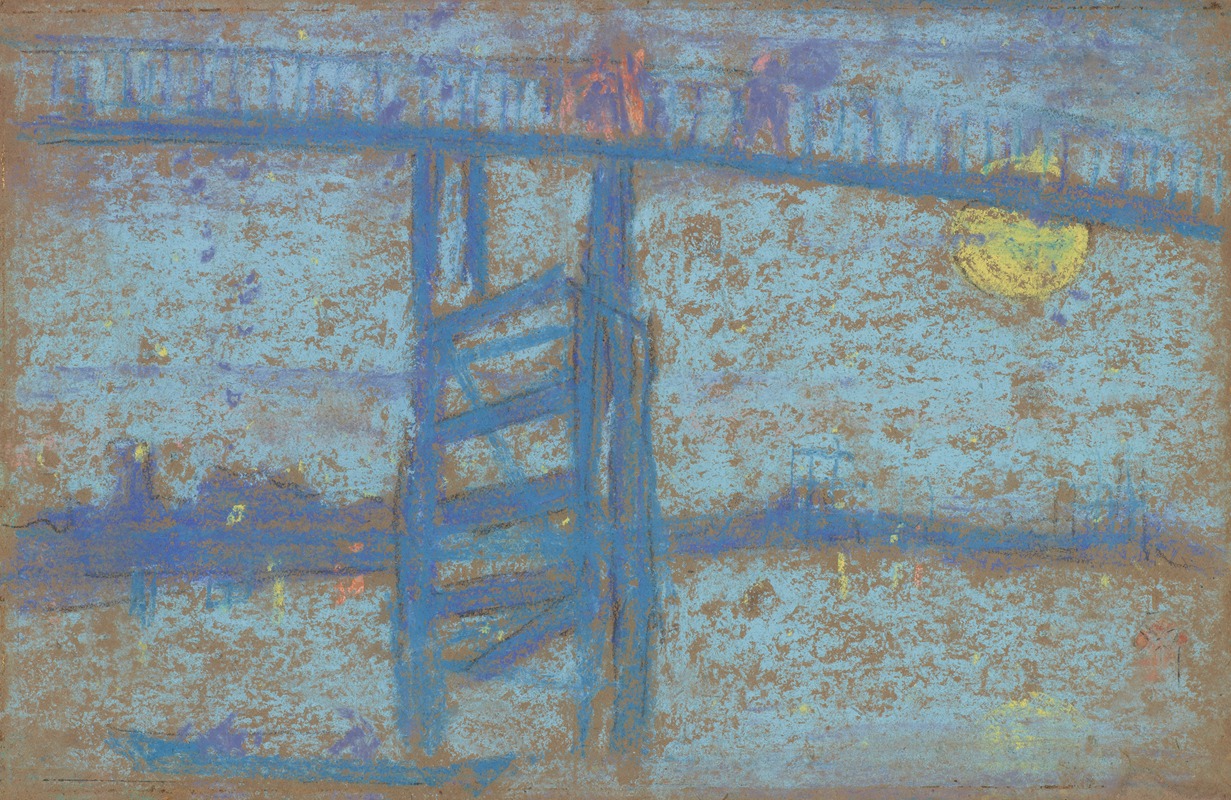
Nocturne; Battersea Bridge
A hand-painted replica of James Abbott McNeill Whistler’s masterpiece Nocturne; Battersea Bridge, meticulously crafted by professional artists to capture the true essence of the original. Each piece is created with museum-quality canvas and rare mineral pigments, carefully painted by experienced artists with delicate brushstrokes and rich, layered colors to perfectly recreate the texture of the original artwork. Unlike machine-printed reproductions, this hand-painted version brings the painting to life, infused with the artist’s emotions and skill in every stroke. Whether for personal collection or home decoration, it instantly elevates the artistic atmosphere of any space.
James Abbott McNeill Whistler's "Nocturne: Battersea Bridge" is an evocative painting that exemplifies the artist's innovative approach to art during the late 19th century. Whistler, an American-born artist who spent much of his career in Europe, is renowned for his contributions to the Aesthetic Movement, which emphasized art for art's sake and prioritized beauty and harmony over narrative content.
Created around 1872-1875, "Nocturne: Battersea Bridge" is part of Whistler's famous series of "Nocturnes," which depict scenes of London at twilight or night. These works are characterized by their subdued color palettes and atmospheric effects, capturing the mood and essence of the city rather than focusing on detailed representation. Whistler's nocturnes were inspired by the Japanese art and prints that he admired, particularly their use of space and emphasis on tonal harmony.
The painting portrays Battersea Bridge, a wooden structure that spanned the River Thames in London. In Whistler's depiction, the bridge is enveloped in a misty, dreamlike atmosphere, with the river and sky blending into one another through a harmonious arrangement of blues and greens. The composition is minimalist, with the bridge's silhouette and a few scattered lights providing the only points of reference. This abstraction was a deliberate choice by Whistler, who sought to evoke an emotional response rather than provide a literal depiction of the scene.
Whistler's technique in "Nocturne: Battersea Bridge" reflects his interest in creating a sense of musicality in his paintings. The term "nocturne" itself is borrowed from music, suggesting a composition that evokes the tranquility and introspection of the night. Whistler applied thin layers of paint to achieve a soft, velvety surface, allowing the colors to merge seamlessly and create a sense of depth and atmosphere. This approach was innovative at the time and contributed to the development of tonalism, a style that emphasizes mood and shadow.
The reception of Whistler's nocturnes was mixed during his lifetime. While some critics appreciated the subtle beauty and innovative techniques, others were less favorable, struggling to understand the departure from traditional representation. Whistler famously defended his work in the 1878 libel case against art critic John Ruskin, who had disparaged Whistler's paintings. The trial brought significant attention to Whistler and highlighted the evolving nature of art criticism and appreciation during the period.
Today, "Nocturne: Battersea Bridge" is celebrated as a masterpiece of atmospheric painting and a testament to Whistler's artistic vision. It is housed in the collection of the Tate Britain in London, where it continues to be admired for its ethereal beauty and its role in the broader context of 19th-century art. Whistler's nocturnes, including this work, have influenced generations of artists and remain a significant part of the discussion on the intersection of art, music, and emotion.





